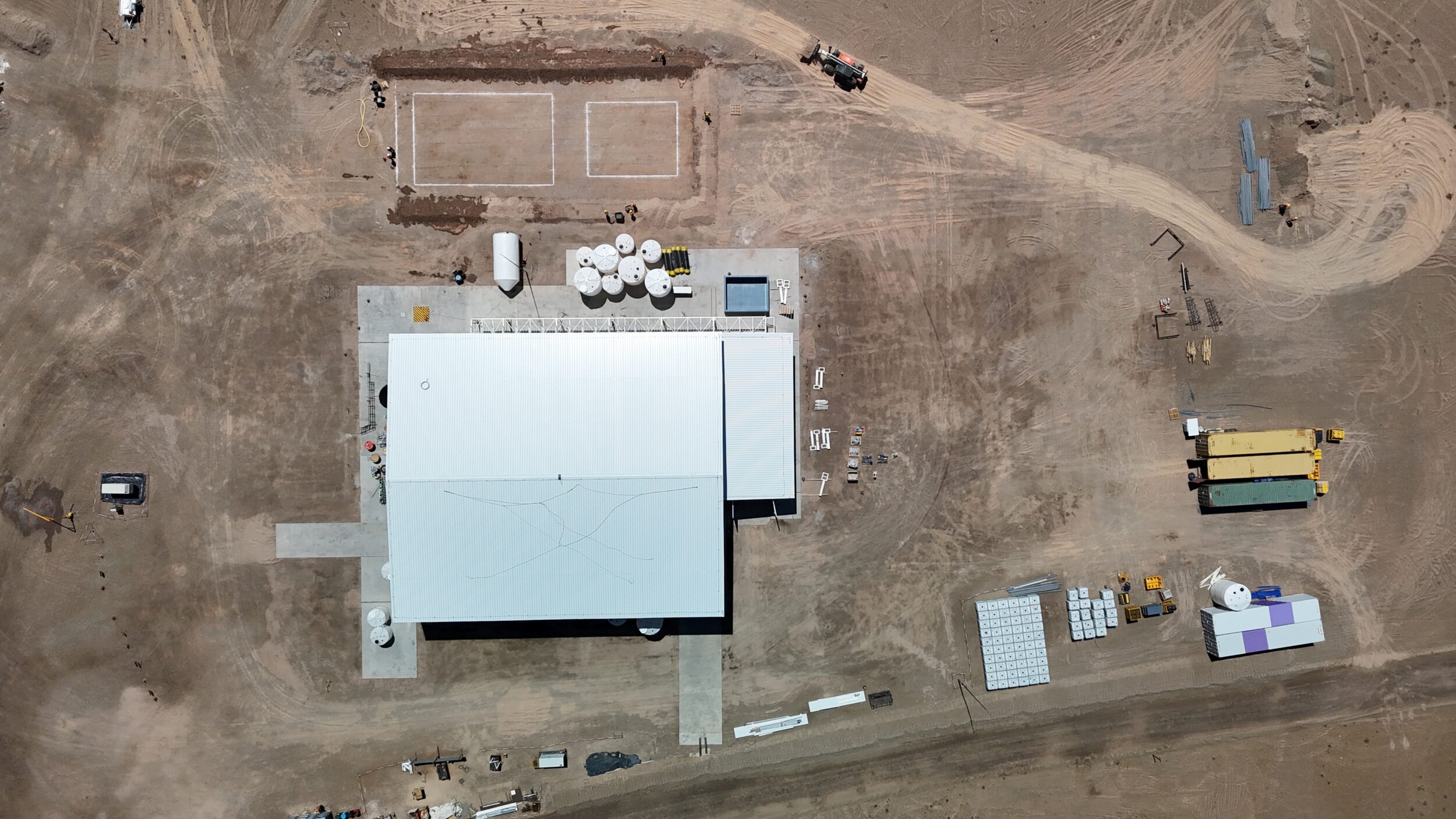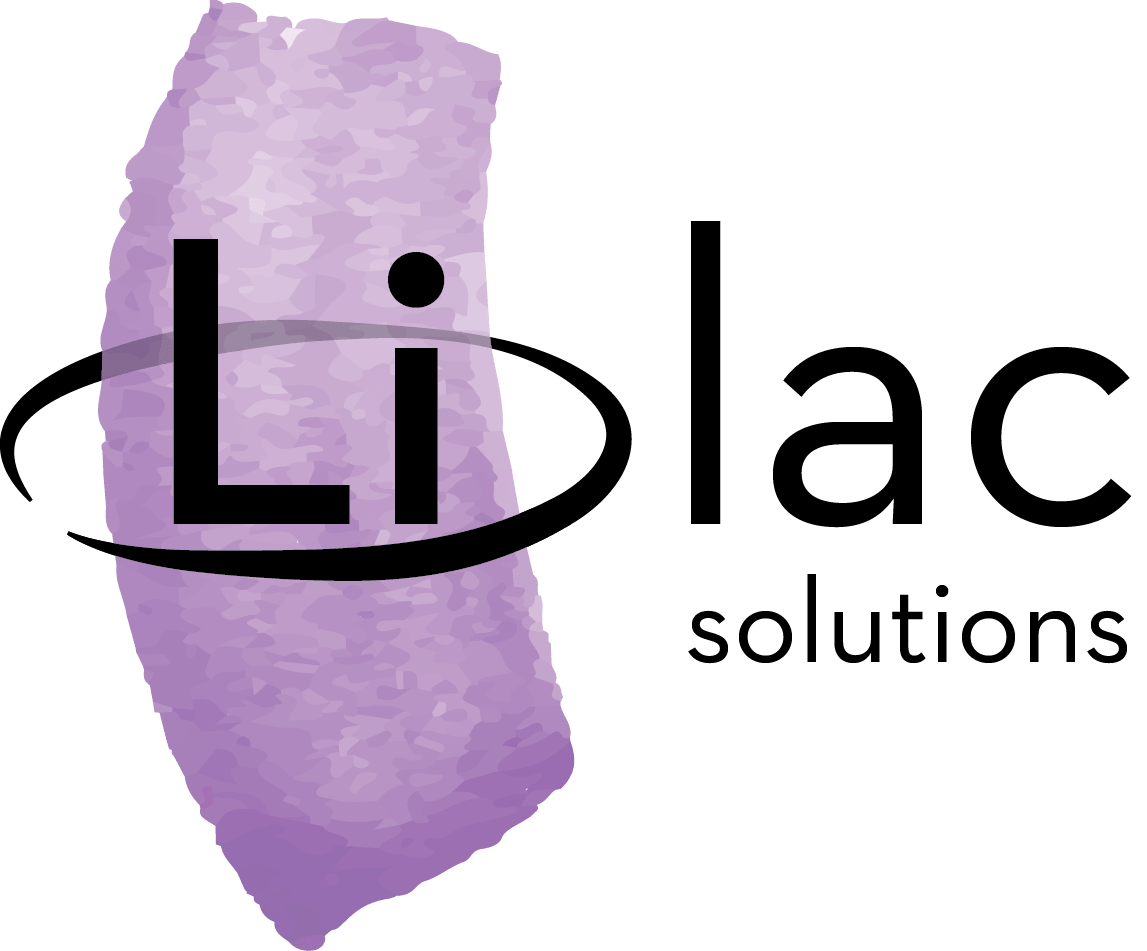Lithium, the irreplaceable metal
Lithium is irreplaceable for the high-energy batteries that power electric vehicles. Lithium has a unique position on the periodic table, offering performance that cannot be replicated by other metals. High energy density also means fewer cells and smaller footprint, which translates to lower costs for both vehicle and grid applications. Lithium is essential for the energy transition.
100% EV →
10x Li demand
Automakers are converting their factories to exclusively produce electric vehicles. This is great news for the planet but requires a 10x jump in lithium supply.

Conventional production
Most of the world’s lithium reserves are found in brines – natural salt water deposits. The conventional process for extracting lithium from brines uses evaporation ponds, which aren’t widely applicable and have a sprawling environmental impact. Over the last few decades, aluminum absorbents have emerged as an alternative extraction technology, but have failed to make a dent in global lithium production, despite numerous attempts. They struggle with low lithium concentrations, still relying on evaporation ponds to concentrate the brine. They have weak recoveries. They need pre-heated brine to be effective. They struggle with common impurities like calcium. And they consume excessive amounts of freshwater. The lithium industry needs new extraction methods.
A new process
Lilac has developed and patented a new high performance ion exchange (IX) technology to extract lithium from brines. Lilac’s core innovation is in materials science. It has designed ceramic IX beads with high durability, which, for the first time, unlocks all the benefits of IX technology for lithium production. Lilac IX has ultra-low freshwater usage, completely eliminates the need for evaporation ponds, and has a high tolerance for impurities. Lilac IX achieves high recoveries with all types of brines including salar, geothermal, and oilfield, even at ultra-low lithium concentrations.
Conventional – Aluminum Absorbents
Lilac – Ion Exchange
Proven and reliable
Lilac produces its ion exchange beads and delivers these beads to brine projects worldwide. The beads are loaded into vessels, brine is flowed through the vessels, and as the brine percolates through the beads, the beads absorb lithium out of the brine. Once the beads are saturated with lithium, dilute acid (hydrochloric or sulfuric) is used to flush out the lithium, yielding an intermediate of either lithium chloride or lithium sulfate. These are the standard intermediates in every lithium brine project today. The intermediate is then processed on-site with conventional process equipment to yield a finished product. The product – lithium carbonate or lithium hydroxide – is sold to battery makers. To date, our technology has extracted lithium from over 80 brines globally, including three field pilot/demo plants.

